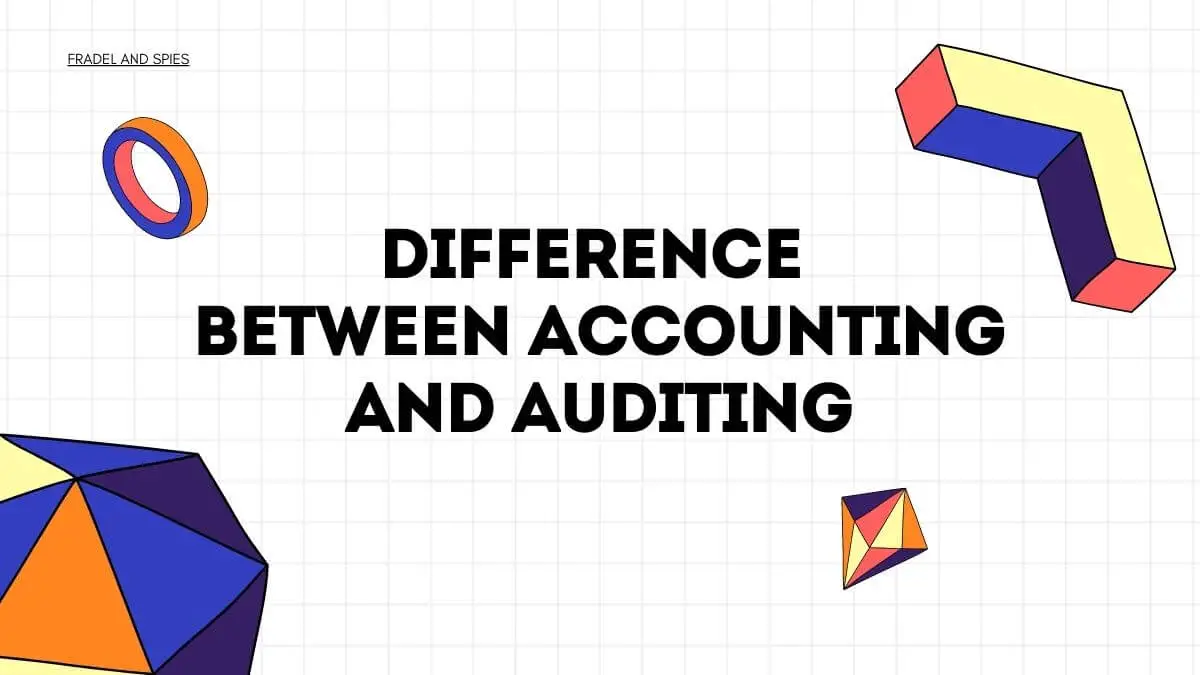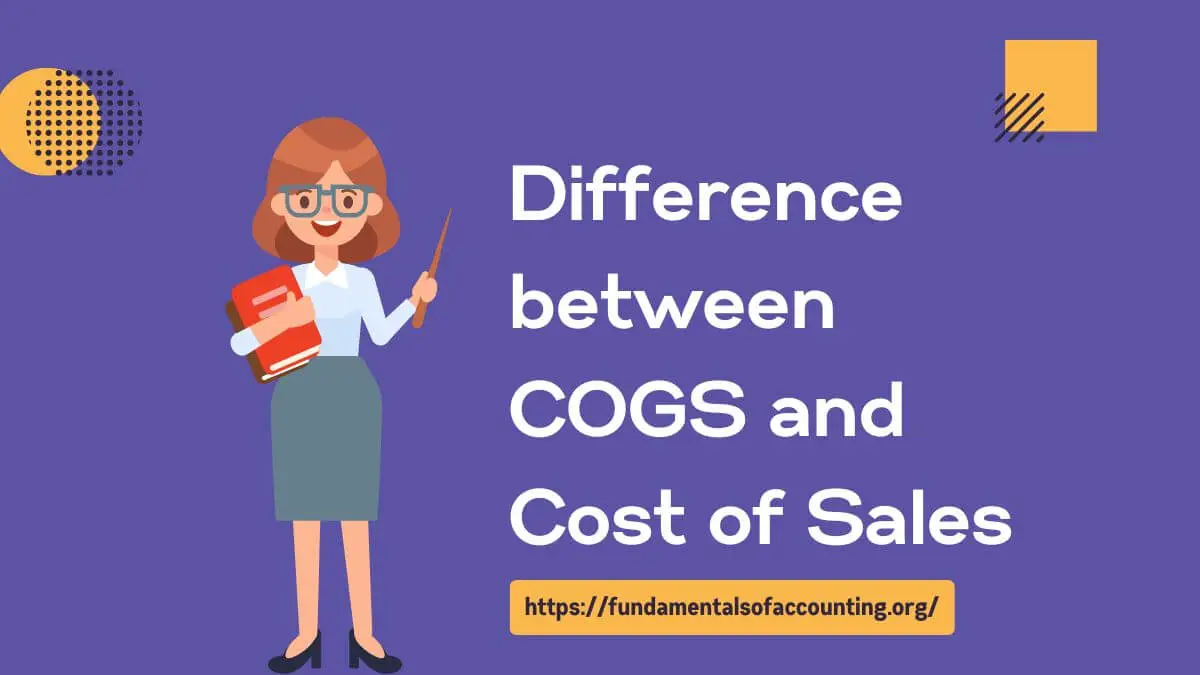5 ways to improve liquidity ratios

Liquidity is the lifeblood of any organization, which can easily face its short-term obligations without a strain on finances. Liquidity ratios, like the current ratio and quick ratio, are key indicators of a company’s financial health, showing whether a company is capable of handling immediate liabilities with available assets. A healthy liquidity position inspires investor […]
Write a note on accounting for payroll

Accounting for payroll is a fundamental aspect of managing human resources and ensuring accurate financial records. This procedure entails keeping track of all costs associated with employee salaries, benefits, and taxes. Businesses may comply with legal and regulatory requirements, maintain openness in financial reporting, and make wise decisions about their personnel by correctly accounting for […]
Bank Overdraft as a Source of Finance

Bank overdraft is a common source of finance used by businesses, individuals and even governments to meet their short-term cash flow needs. An overdraft is essentially an agreement between a bank and its customer, which allows the customer to withdraw funds exceeding their account balance up to a pre-agreed limit. Advantages of Bank Overdraft Quick […]
What Are the Differences between Accounting and Auditing

Accounting involves tracking, reporting, and analyzing financial transactions. It covers everything from preparing individual tax returns to preparing financial statements for multinational corporations and is considered a fundamental discipline within the field of accounting. Auditors come in behind accountants and verify the work they do. They examine the financial statements prepared by accountants and ensure […]
Differences between Lease and Hire Purchase

When purchasing assets for business or private purposes, two popular financing methods are leasing and hire purchase. Although both enable you to utilize an asset without paying the entire amount in advance, they differ in ownership, payment terms, and financial implications. The appropriate choice depends on considerations like long-term expense, flexibility, and tax advantages. In […]
What is a Bill of Exchange?

A bill of exchange is a financial instrument or written document that represents an order made by a drawer to another party drawee for the payment of a specific amount of money to a third party (payee) at a fixed future date or on demand. This article seeks to give a thorough understanding of what […]
Differences Between General Reserves and Capital Reserves

Reserves are essential for strengthening a company’s financial situation. General reserves and capital reserves are two different kinds of reserves. Both provide organizations with a financial cushion, but their functions, funding sources, and ways of use are different. In order to give readers a thorough knowledge of these crucial accounting concepts, this article tries to […]
What is a Promissory Note?

A promissory note is a written agreement, often referred to as a “note payable” or “IOU” (I owe you), in which one party (the maker) promises to pay a specific sum of money to another party (the payee) within a defined period. This legally binding document outlines the terms and conditions of the debt, including […]
Difference between COGS and Cost of sales

The terms COGS and cost of sales are often used interchangeably. However, they represent two different concepts that can have a significant impact on a company’s bottom line. Understanding these two terms’ differences is crucial for business owners who want to manage their finances effectively and make informed decisions. COGS Defined COGS stands for Cost […]
What is Creative Accounting?

Creative accounting is a term used to describe manipulating financial information to present a better picture of a company’s financial standing. While it may sound innocuous, creative accounting can have serious consequences for investors and stakeholders who rely on accurate financial reporting. Creative accounting sometimes involves using loopholes or technicalities in accounting standards to hide […]
